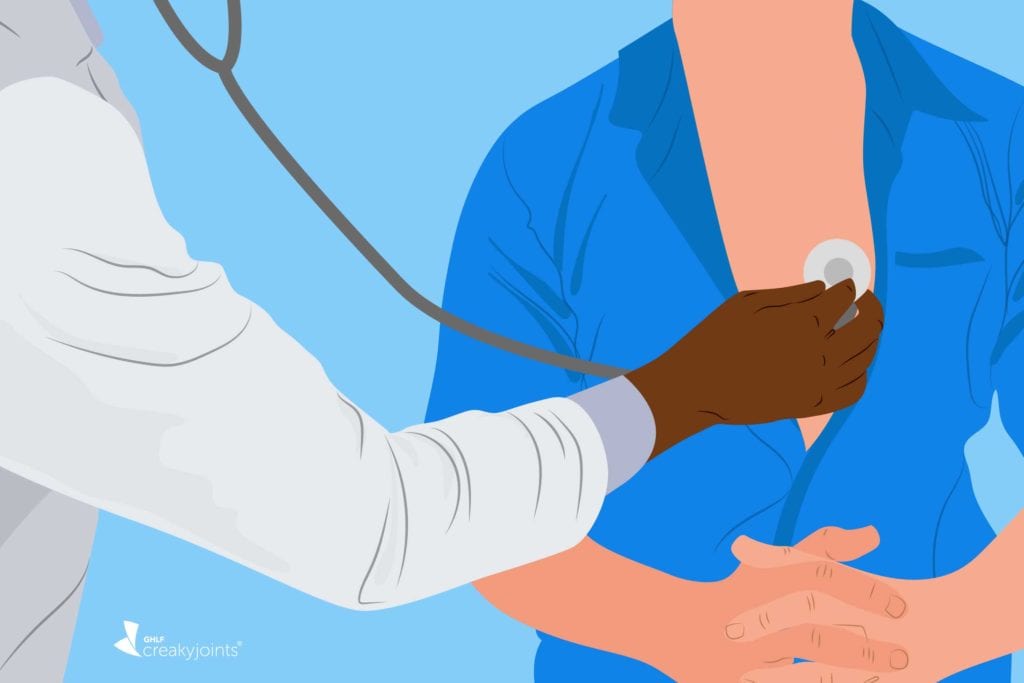Nauseous Nauseated: What's the Difference and How to Treat It
Wiki Article
Recognizing the Important Role of Primary Care in Comprehensive Health Management and Illness Prevention Approaches
The integral role of primary treatment in comprehensive health monitoring and condition avoidance methods can not be overemphasized, as it offers as the foundation for efficient healthcare delivery. By prioritizing precautionary care and promoting enduring patient-provider connections, main care professionals are distinctly placed to attend to private wellness needs while also influencing broader area wellness end results.Interpretation of Primary Care
Although the idea of health care may differ across various medical care systems, it fundamentally refers to the first point of call for individuals within the healthcare continuum. Medical care encompasses a wide series of services, consisting of precautionary care, medical diagnosis, therapy, and administration of chronic problems. It is defined by its detailed, available, and coordinated approach, making certain individuals get holistic treatment customized to their private needs.Medical care providers, often family doctor, internists, or pediatricians, play an essential role in establishing ongoing patient-provider partnerships. This connection of care fosters trust and helps with better health outcomes via routine monitoring and customized treatments. The focus on a patient-centered method enables the factor to consider of social, financial, and psychological variables that affect health and wellness.
Furthermore, medical care serves as a crucial part in browsing the health care system, guiding patients with specialized services when needed. By working as a main center for wellness administration, medical care not just addresses immediate clinical concerns yet additionally highlights the significance of overall health and preventive measures. Hence, its meaning prolongs past plain treatment to incorporate a detailed framework for wellness promo and disease avoidance.
Advantages of Preventive Treatment
Precautionary treatment offers numerous benefits that significantly boost private and area health end results. By concentrating on the avoidance of diseases and wellness issues before they emerge, precautionary care minimizes the incidence of major health and wellness conditions, thus lowering healthcare prices gradually. Early discovery through regular testings and analyses enables timely treatments, which can protect against the development of illness, causing enhanced high quality of life for clients.Moreover, preventative treatment promotes health education and learning and recognition, equipping individuals to make educated choices regarding their way of lives and health and wellness habits. This positive method encourages normal exams, vaccinations, and health and wellness screenings, which not only profit individuals but additionally add to the total health and wellness of the area. By minimizing the concern of chronic illness and avoiding outbreaks of contagious conditions, precautionary treatment plays a critical function in boosting public health and wellness.
In enhancement to enhancing individual health and wellness outcomes, precautionary care promotes a more effective health care system by decreasing the need for considerable treatments and hospital stays. Eventually, purchasing preventative care is necessary, as it helps with healthier populations, lowers health and wellness disparities, and makes certain better source allocation within the medical care system.
Function in Persistent Disease Management
The positive strategies utilized in preventative care contribute in the monitoring of chronic illness, which often call for continuous focus and resources. Medical care service providers play a crucial role in this context, serving as the very first factor of get in touch with for individuals with persistent conditions such as diabetes mellitus, hypertension, and heart problem. They are critical in developing personalized monitoring plans that incorporate regular surveillance, medicine monitoring, and lifestyle adjustments.
Additionally, health care service providers typically use modern technology and data analytics to track client development and determine possible problems early. This positive tracking improves individual engagement and empowers individuals to take an energetic duty in their health administration. Inevitably, the integration of health care right into chronic illness monitoring fosters improved lifestyle and minimizes the burden on medical care systems.
Patient-Provider Relationships

Furthermore, a durable patient-provider relationship enhances client involvement and self-management. Providers who spend time in recognizing their people' backgrounds, preferences, and inspirations are much better geared up to sustain them in handling their conditions. This customized technique can bring about improved health results, as individuals are most likely to adhere to recommendations when they really feel valued and recognized.
Furthermore, continuity of care plays a substantial role in strengthening these relationships. Normal communications in between people and providers facilitate recurring analysis and changes to therapy plans, which is important for handling chronic illness successfully. This continuity not only advertises far better health and wellness results but also reduces medical care expenses by reducing the need for immediate interventions.
Effect On Area Health And Wellness
Strong patient-provider relationships significantly affect neighborhood health end results, as they add to a much more engaged and educated populace. primary care provider. When patients really feel linked to their medical care providers, they are most likely to seek preventative solutions, abide by therapy plans, and join health-promoting actions. This involvement cultivates a culture of wellness, where individuals prioritize their wellness and the wellness of their areaIn addition, reliable interaction between clients and companies enhances health literacy, encouraging individuals to make informed decisions regarding their treatment. This raised understanding can bring about lowered prices of persistent illness, as clients become proactive in handling their wellness. In addition, strong connections help with the identification of community-specific wellness obstacles, allowing suppliers to tailor interventions that address local demands.
In addition, health care works as an important gain access to point for health resources, attaching people with needed services and support networks. This thorough technique not just enhances individual health yet likewise reinforces neighborhood cohesion, as residents function collaboratively to attend to health and wellness disparities. On the whole, the effect of robust patient-provider relationships expands past the clinic, fostering much healthier neighborhoods and contributing to a lasting health care system.
Verdict
In summary, health care is essential to reliable health monitoring and disease avoidance. By stressing precautionary treatment and try here persistent disease monitoring, primary care promotes early discovery and customized therapy plans. Solid patient-provider partnerships foster count on and enhance adherence to health and wellness referrals. Ultimately, the combination of key care right into community health and wellness approaches causes improved health and wellness outcomes and lowered healthcare costs, emphasizing its vital function in advertising overall neighborhood well-being.Report this wiki page